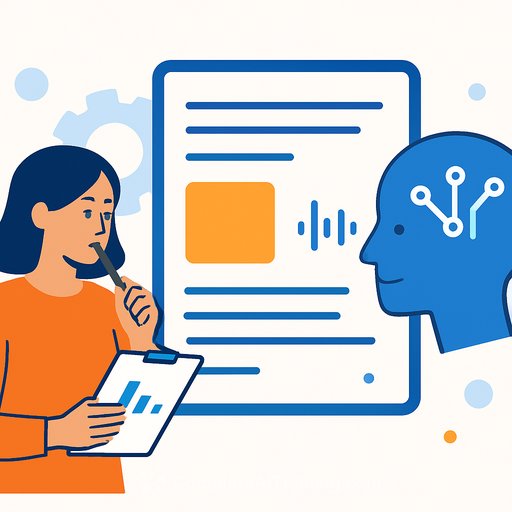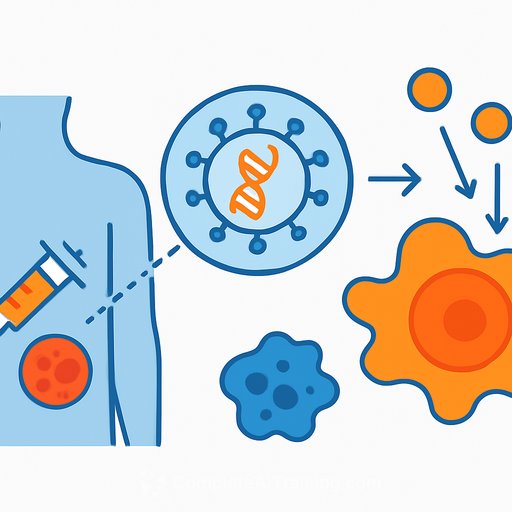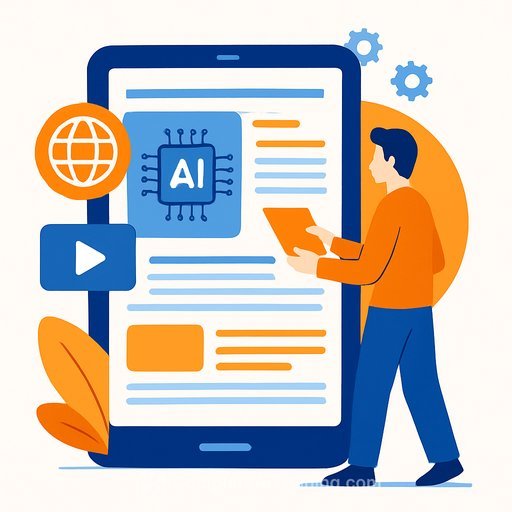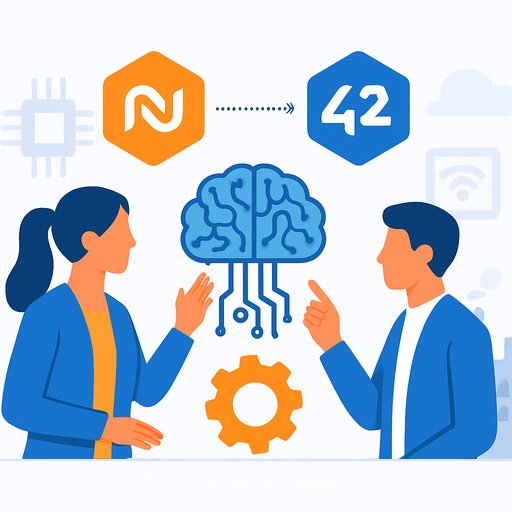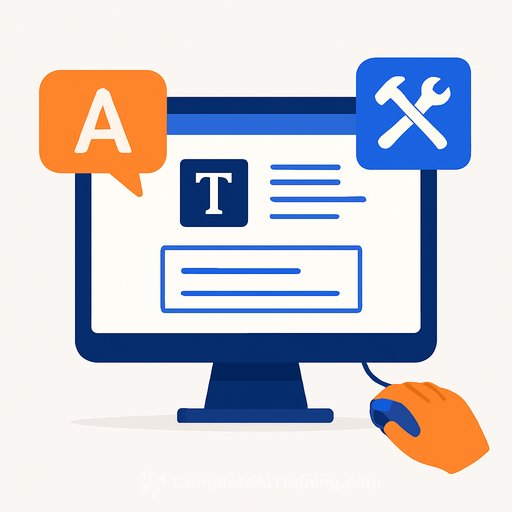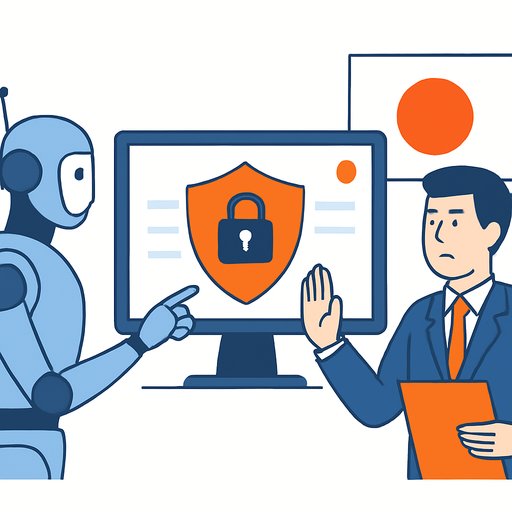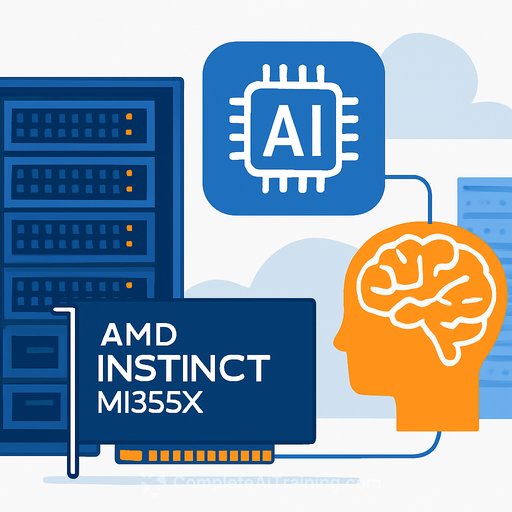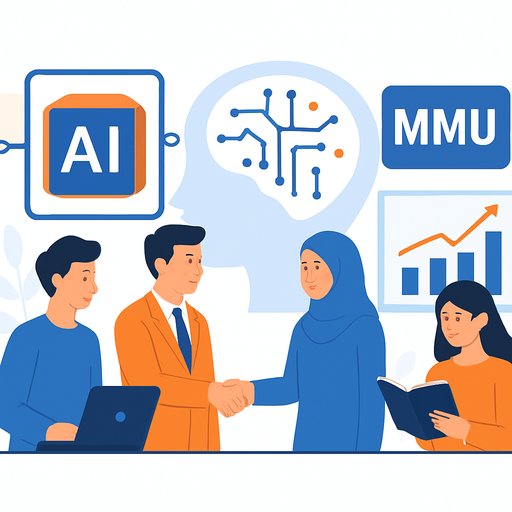DeepSeek's new model sees text differently, opening new possibilities for enterprise AI
DeepSeek just flipped a core assumption in AI: text doesn't have to enter a model as tokens. Their open-source DeepSeek-OCR model renders text into images first, then processes those pixels with a vision encoder. In tests, it compresses language by roughly 10:1 while retaining about 97% fidelity, with the option to compress up to 20:1 at around 60%.
Why this matters: bigger context, lower cost, and simpler workflows for long documents. If you've hit context limits or spend too much on retrieval, this approach is worth attention.
How it works (in plain terms)
- Instead of splitting text into tokens, the model turns it into 2D images internally.
- Those images are handled as "vision tokens," which are far fewer than text tokens for the same content.
- Early results show about a 10x storage efficiency with strong reconstruction accuracy.
- Larger effective context windows become practical because you can store far more information per unit of compute.
Andrej Karpathy even floated the idea that all inputs to LLMs might be better as images. It's a bold take, but it lines up with the data efficiency we're seeing.
Why this matters for enterprises
Most teams wrestle with token limits and slow retrieval pipelines. Compressing text as images could let you load entire knowledge bases, long support archives, or a full codebase into a single session. That means fewer brittle search steps and more end-to-end reasoning in one pass.
- Knowledge management: Load policies, SOPs, wikis, and FAQs into memory and query across all of it at once.
- Engineering: Analyze large repos, compare versions, and keep a rolling context as code changes.
- Legal & compliance: Work across long contracts and regulatory texts without tedious chunking.
- Ops & analytics: Feed long logs or reports and ask higher-level questions without pruning.
Product implications
- Less orchestration: Fewer calls to search indexes and RAG pipelines for many use cases.
- Feature scope expands: Summarize, compare, and trace across entire libraries, not snippets.
- Speed-to-answer: With caching, you can keep a large "preamble" in place and only add new queries.
What to try now
- Pilot on long-form tasks: Policies, contracts, multi-file PRs, or multi-quarter reports.
- Benchmark apples-to-apples: Compare cost, latency, and accuracy against your current RAG setup.
- Cache a static preamble: Load your core docs once, then layer queries on top.
- Stress test edge cases: Tables, code blocks, fonts, and layout-heavy PDFs.
- Set guardrails: Redaction, access control, and logging before you scale to real data.
For developers
- Input handling: DeepSeek renders text internally, so you can still send raw text. Just be mindful of formatting that matters (code fences, tables, headings).
- Layout-aware chunking: If you must chunk, do it by page/section boundaries to preserve visual continuity.
- Prompting: Be explicit about layout references (e.g., "see Table 3 on page 12").
- Cost modeling: Track "vision token" counts and cache hit rates; measure before/after GPU or API spend.
Open questions and caveats
- Reasoning quality: The research focuses on compression and reconstruction; full reasoning parity with text tokens still needs broader testing.
- Visual quirks: Fonts, resolution, colors, and rendering differences may affect accuracy in corner cases.
- Governance: Larger in-memory contexts raise privacy, retention, and audit considerations.
The bigger picture
This is a shift from token-first thinking to a pixel-first pipeline. The idea of storing information visually also echoes "memory palace" strategies, where spatial cues make recall easier. If that analogy holds, we could see new memory architectures for LLMs built around spatial layouts and visual indexing.
Curious about the memory technique itself? Here's a quick primer on the method of loci.
Where this could go next
- Massive context windows: Think 10-20 million tokens worth of data in practical workflows.
- All-in prompts: Keep a company's core documents "always on," then query without calling search.
- Continuous code context: Feed the entire repo and incrementally update as devs push changes.
If you're planning skills and tooling for these shifts, explore AI learning paths by role: AI courses by job.
Your membership also unlocks:


